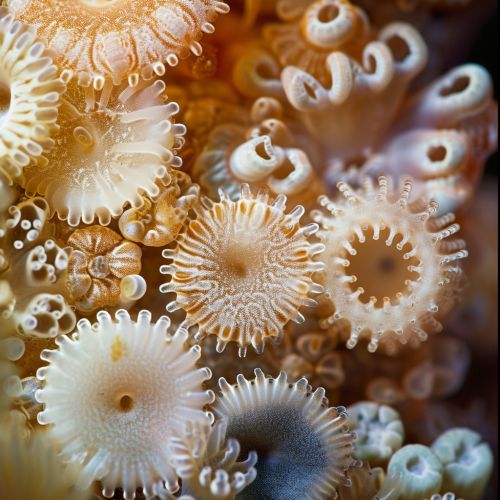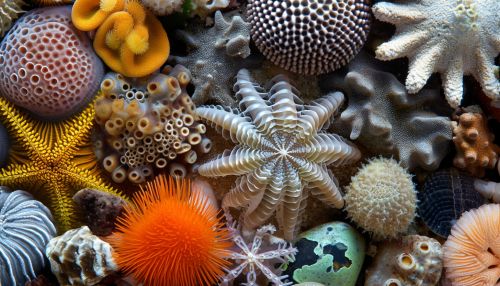Holozoa
Overview
The Holozoa are a monophyletic group of organisms that include animals and their closest single-celled relatives, but exclude fungi. Holozoa is a significant group within the domain Eukarya, which comprises all organisms with complex cells. The group is characterized by its members' ability to move and their lack of cell walls, among other traits.


Classification
The classification of Holozoa has been a subject of ongoing research and debate among scientists. The group is generally divided into two major clades: the Filozoa, which includes animals, and the Ichthyosporea, a group of unicellular organisms. Filozoa is further divided into three subgroups: the Choanoflagellatea, the Filasterea, and the Metazoa (animals).
Evolution
The evolution of Holozoa is a topic of significant interest in the field of evolutionary biology. The group is believed to have originated approximately 800 million years ago, during the Neoproterozoic Era. The transition from unicellular organisms to multicellular animals within the Holozoa, a process known as multicellularity, is considered one of the most important events in the history of life on Earth.
Characteristics
Holozoans exhibit a range of characteristics, reflecting the diversity of the group. However, all members of the group share certain fundamental traits. These include the ability to move, the lack of a cell wall, and the presence of a unique type of flagellum known as a whiplash flagellum.
Ecology
Holozoans occupy a wide range of ecological niches. Some species are free-living, while others are parasitic. Many holozoans play important roles in their ecosystems, such as serving as primary producers in aquatic environments or acting as decomposers in terrestrial ecosystems.
Research
Research into Holozoa has yielded valuable insights into the origins and evolution of animals. Studies of holozoan genomes, for example, have helped scientists to understand the genetic changes that accompanied the transition from unicellular life to multicellularity.
